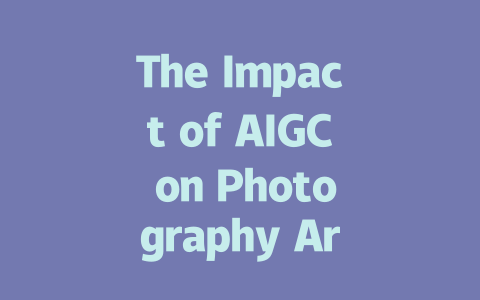
The rapid development of Artificial Intelligence Generative Content (AIGC) technology has revolutionized various fields, including art and education. In the realm of photography, AIGC is reshaping how educators teach and how students learn about visual storytelling. This article explores the multifaceted impact of AIGC on photography art education, highlighting its potential benefits and challenges.
Understanding AIGC in Photography
AIGC refers to the use of AI to generate images, videos, or written content that mimics human creativity. In photography, this technology enables the creation of realistic images from textual descriptions or enhances existing photographs through algorithms. This newfound ability can transform artistic expression and the educational approach to photography.
Enhancing Creativity and Expression
One of the most significant impacts of AIGC in photography education is its potential to enhance creativity. Students can explore new avenues of artistic expression by combining their ideas with AI-generated visuals. For instance, learners can start with a base concept and use AIGC tools to visualize various interpretations. This collaborative process can inspire innovative approaches to composition, color, and subject matter that may not have been within reach before.
Making Photography Accessible
AIGC tools can democratize photography education by making it more accessible to a broader audience. Traditional photography often requires significant investment in equipment and technical skills. However, AIGC applications allow individuals with limited resources to create stunning images with minimal effort. This technology empowers aspiring photographers, enabling them to experiment and develop their unique styles without the barriers of cost or expertise.
Transforming Teaching Methodologies
As AIGC integrates into photography curricula, it prompts educators to reassess their teaching methodologies. Instructors can leverage AIGC tools to provide personalized learning experiences tailored to individual student needs. By incorporating AI-generated images into critiques and discussions, educators can foster a deeper understanding of composition, lighting, and visual storytelling techniques. This shift towards a more interactive and technology-driven approach can enrich the learning environment.
Ethical Considerations in AIGC Photography
Despite its advantages, the rise of AIGC in photography education raises important ethical questions. The ease of creating images using AI tools can lead to issues of authenticity and originality. Students may struggle to differentiate between their creative efforts and those generated by an algorithm, complicating the concept of authorship in art. Furthermore, the potential for misuse, such as creating misleading images or infringing on copyright, necessitates a discussion around ethical practices in AIGC use.
Preparing for the Future
To fully harness the power of AIGC in photography education, institutions must prepare students for a future where AI plays a prominent role. This preparation involves integrating AIGC training into photography programs, equipping students with the skills to use these tools responsibly. Additionally, discussions about the implications of AI in art—its benefits, challenges, and ethical considerations—should become integral to the curriculum.
Conclusion
The impact of AIGC on photography art education is profound and multifaceted, offering exciting opportunities for creativity and accessibility while also presenting challenges that must be addressed. As educators and students navigate this new landscape, embracing AIGC with a balanced approach will be essential for fostering innovation while maintaining the integrity of artistic expression. As we move forward, the collaboration between human creativity and AI technology will undoubtedly shape the future of photography education in transformative ways.

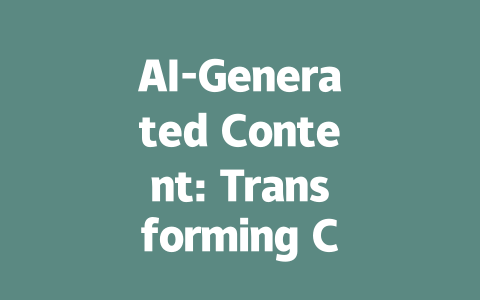
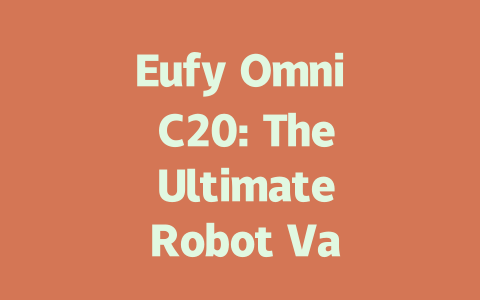
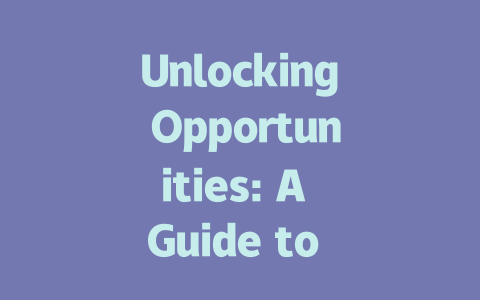



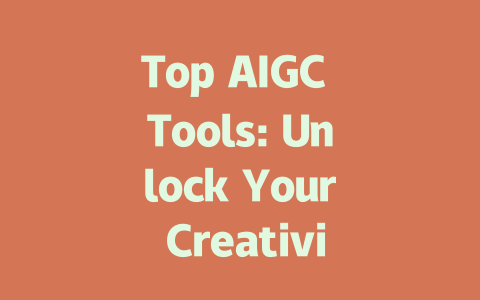
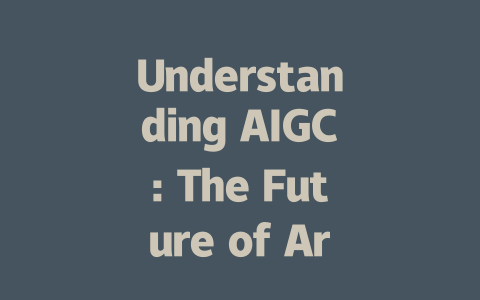
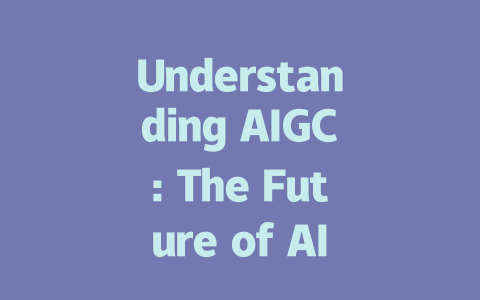
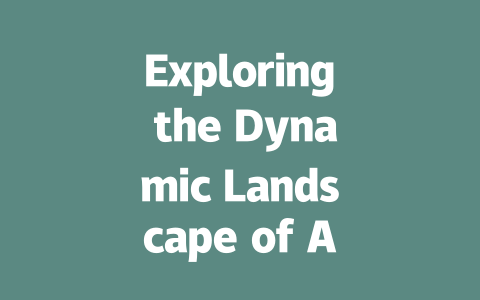

暂无评论内容